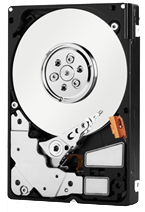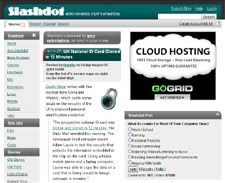
If you're a Malaysian, chances are you've heard of P1 by now, that local WiMAX (a form of wireless broadband) company. They're under the parent company Green Packet, which makes solutions to sell to other countries under their CPE line of products. The P1 service is their "guinea pig" to be used here as an example to showcase CPE to places like the Middle-East.
P1 is known for pushing their WiMAX service as the better Internet connection compared to other services, be it landed wired options like Telekom Malaysia's Streamyx broadband, or wireless solutions from DiGi's wireless broadband service to Maxis' wireless service. But is it really?

What exactly is WiMAX and what's the difference? For a start, WiMAX is NOT Wi-Fi (Wireless Fidelity). While WiFi covers a small area (Hot Spot), WiMAX covers a very big area.
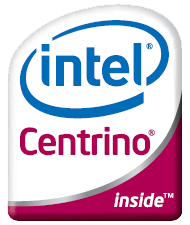
Wi-Fi support is found in Intel Centrino 1 notebooks (generation 1 - Carmel in 2003, gen 2 - Sonoma in 2005, gen 3 - Napa in 2006, and gen 4 - Santa Rosa in 2007). Centrino 2 notebooks (gen 5 - Montevina in 2008) onwards come with BOTH WiFi AND WiMAX for convenience. But did you know Centrino 2 notebook's WiMAX CAN'T WORK with P1's WiMAX?
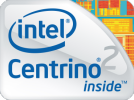
That's because WiMAX comes in a few different frequencies, from 2.3GHz, 2.5GHz, and 5GHz (WiFi uses 2.4GHz and 5GHz). P1 is using 2.3GHz while Centrino 2 uses 2.5GHz. This is simply because 2.3GHz hardware is cheaper so places like Asia will use more of 2.3GHz while 2.5GHz is used in places like the United States. Hence why if you want mobile WiMAX you have to buy P1's WIGGY USB mobile WiMAX modem, which runs at 2.3GHz to match P1's WiMAX. So much for making connectivity simple by Intel. Thanks to Green Packet, you have to invest more.
However, does this make WiMAX a better service compared to other options in the country?

First of all, WiMAX is not meant to replace the main broadband service in the country, which is TM's Streamyx landed line. It's only meant to cover places where Streamyx isn't offered, but considering P1 mostly covers the Klang Valley, which is already well connected, the point is moot. So it's more if you don't have a need for a phone line because you rely on a mobile phone.
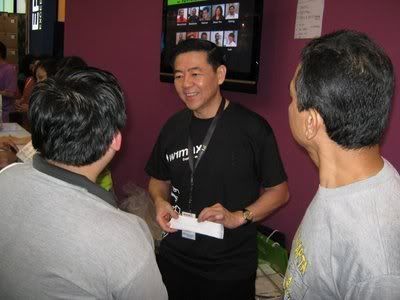
To add salt to injury, the CEO of P1 is Michael Lai, who was the ex-CEO of TM. He created a 'scene' at the Carcosa Seri Negara during a TM Press Conference back when he was the CEO, when he was questioned by the media as to why TM was introducing a new RM77 per month unlimited wired broadband Streamyx package when existing customers were paying RM88. His excuse was "Well, it's like going to a Hypermarket like Carrefour. Today the chicken costs this much. Tomorrow you go and the chicken costs less. That's the way things are."
It doesn't take a genius to notice that there's a very stark difference between the price of produce at a supermarket and a monthly service charge from a provider. TM was effectively punishing its loyal customers while rewarding new users. The answer by the CEO was an insult.
This pattern of punishment was repeated in P1 when the service was launched, P1 promised an unlimited package, but has recently changed this service to a limit with a quota. In addition, there have been complaints in the newspapers of customers getting slower speeds than claimed.
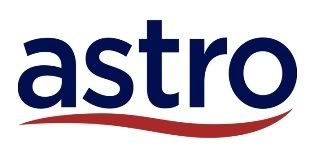
WiMAX cannot and will not triumph Streamyx because in tropical countries like Malaysia with heavy thunderstorms and rain, wireless services don't work well - just see your satellite TV service ASTRO (which scrambles transmission during heavy rain). Speaking of ASTRO, are you aware there once was a plan to offer Internet access via ASTRO? Just like how in the US there's Cable access. Look at the back of your ASTRO STB (Set-Top Box). See that network/modem port?
Of course, if we had Cable Internet, that would mean a rival for TM hence why this project never took off. Also, look at past wireless services from Time's Webbit (now defunct) to learn something about history. In summary, TM monopolises the telecommunication system in the country so they won't let anyone take over.

Last but not least, TM is a GLC (Government-Linked Company), with over 42% share and Khazanah Nasional Berhad holding 41% (RM1.4billion). As Khazanah is owned by the Finance Minister, who coincidentaly is also the Malaysian Prime Minister, Dato' Seri Mohd. Najib bin Tun Haji Abdul Razak, anyone who knows about Malaysian Politics will understand this monopoly won't be toppled anytime soon. Moral of the story? Change 2013.
More Data?



